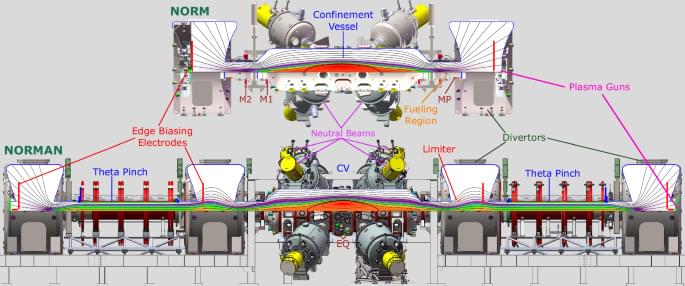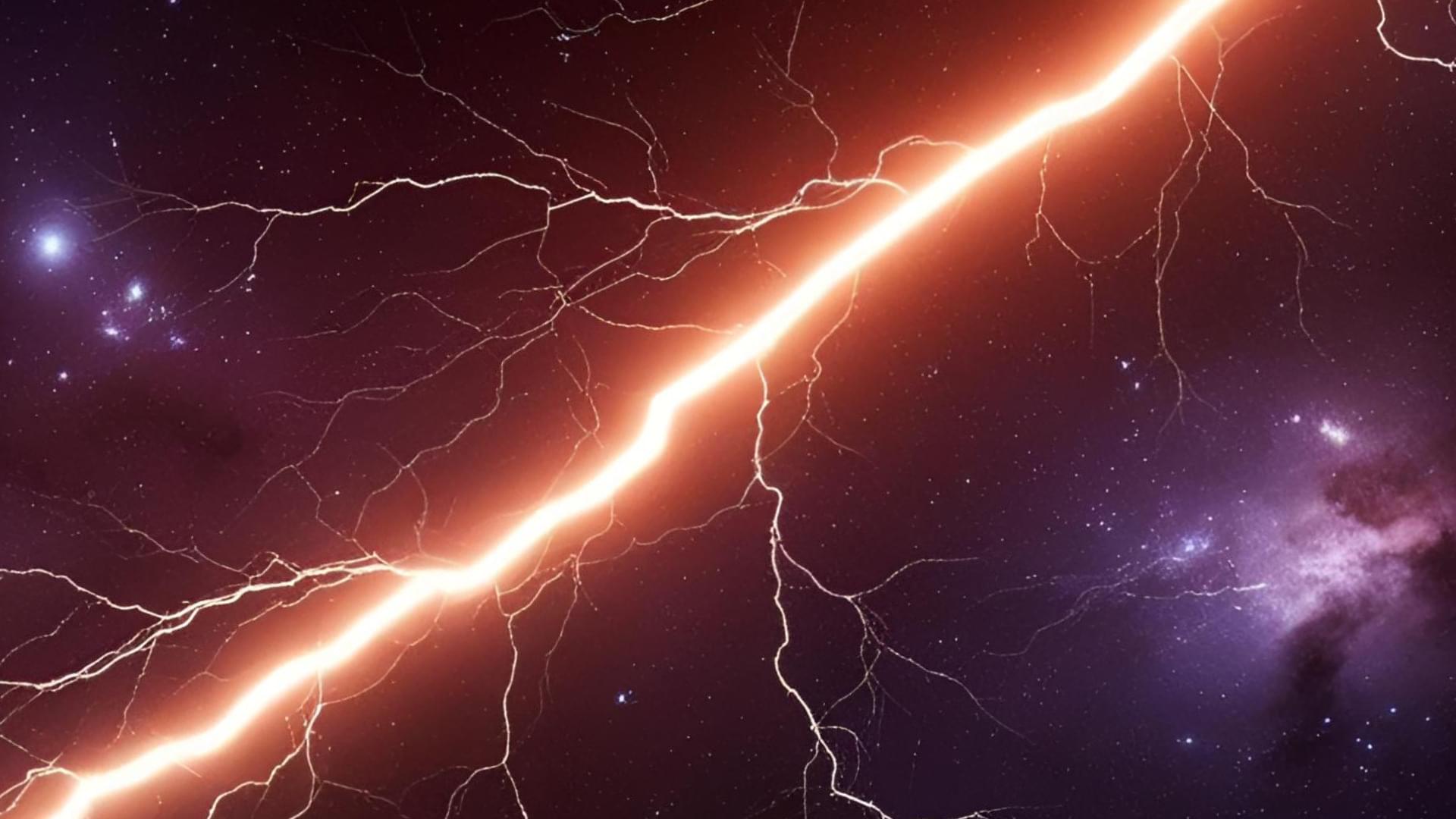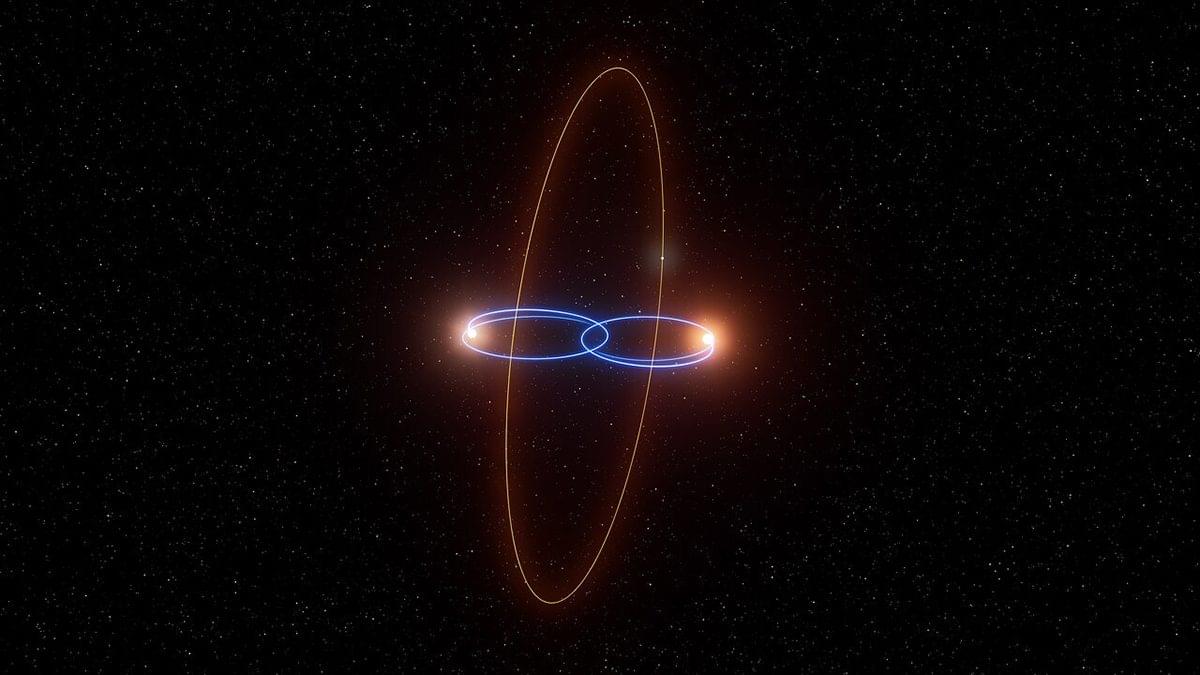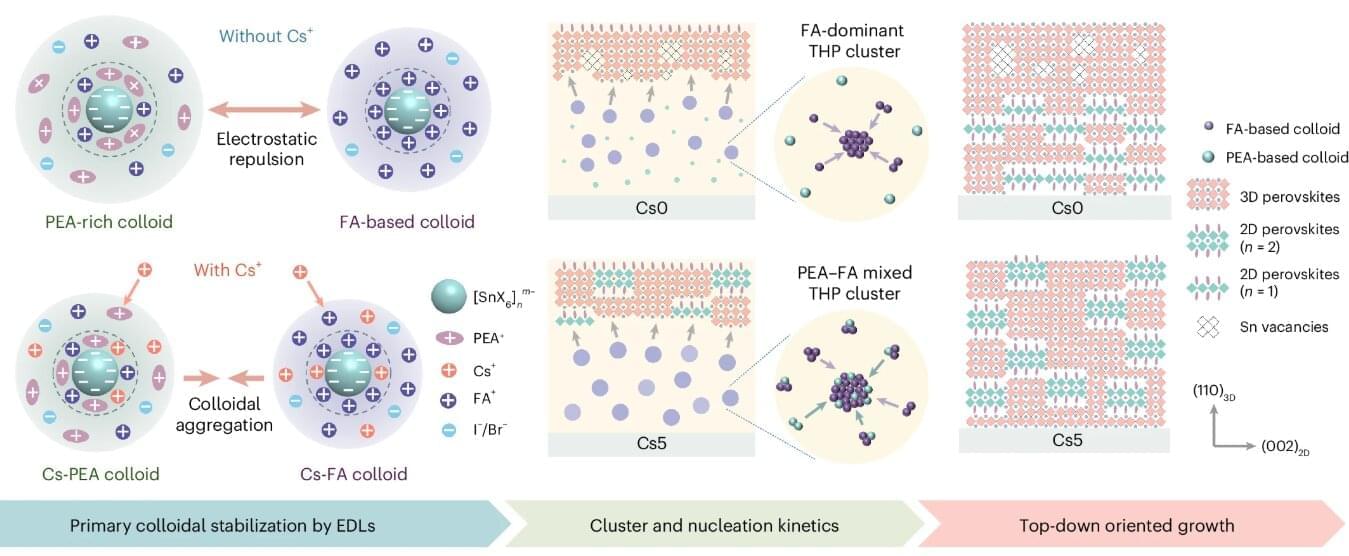The field-reversal configuration (FRC) represents a fusion device concept capable of high power density with a compact geometry. Here, the authors report on the generation and sustainment of a FRC by means of neutral beam injection in the C-2W machine at TAE technologies. This contributes towards establishing FRC as an alternative economic fusion device.
Gamma-ray bursts reveal largest structure in the universe is bigger and closer to Earth than we knew: ‘The jury is still out on what it all means.’
Posted in space | Leave a Comment on Gamma-ray bursts reveal largest structure in the universe is bigger and closer to Earth than we knew: ‘The jury is still out on what it all means.’
“Since the most distant extent of the Hercules-Corona Borealis Great Wall is hard to verify, the most interesting finding is that the closest parts of it lie closer to us than had previously been identified,” Jon Hakkila of the University of Alabama in Huntsville told Space.com.
The Milky Way, our home galaxy, is part of a different supercluster called Laniakea, which, at 500 million light-years wide, is dwarfed by the Hercules–Corona Borealis Great Wall. In fact, the team says the true extent of the latter structure is currently undetermined.
“Our gamma-ray burst sample is not large enough to place better upper limits on the maximum size of the Hercules-Corona Borealis Great Wall than we already have,” Hakkila said. “But it probably extends farther than the 10 billion light-years we had previously identified. It is larger than the size of most anything to which it might be compared.”
Polar planet 2M1510 (AB) b was found around a pair of brown dwarfs, orbiting at an angle perpendicular to the brown dwarfs’ orbital plane.
Dysregulation of the Kynurenine Pathway in Relapsing Remitting Multiple Sclerosis and Its Correlations With Progressive Neurodegeneration
Posted in biotech/medical, neuroscience | Leave a Comment on Dysregulation of the Kynurenine Pathway in Relapsing Remitting Multiple Sclerosis and Its Correlations With Progressive Neurodegeneration
Background and ObjectivesDespite the absence of acute lesion activity in multiple sclerosis (MS), chronic neurodegeneration continues to progress, and a potential underlying mechanism could be the kynurenine pathway (KP). Prolonged activation of the KP…
KAIST’s breakthrough in colon cancer uses BENEIN to target MYB, HDAC2, FOXA2—offering a potential cure without chemo. A new era in South Korea cancer treatment.
Discover how breeding dragonflies, particularly the Bradinopyga geminata, can effectively control mosquito populations and reduce the risk of diseases such as dengue and chikungunya in urban environments.
University of Queensland researchers have set a world record for solar cell efficiency with eco-friendly perovskite technology. A team led by Professor Lianzhou Wang has unveiled a tin halide perovskite (THP) solar cell capable of converting sunlight to electricity at a certified record efficiency of 16.65%. The research is published in the journal Nature Nanotechnology.
Working across UQ’s Australian Institute for Bioengineering and Nanotechnology and the School of Chemical Engineering, Professor Wang said the certified reading achieved by his lab was nearly one percentage point higher than the previous best for THP solar cells.
“It might not seem like much, but this is a giant leap in a field that is renowned for delicate and incremental progress,” Professor Wang said.
Dehydration can sneak up on you. Whether you’re out jogging or sitting at a desk, it’s easy to lose track of your fluid intake. But a new, tiny sweat sensor may soon solve this problem. Designed by UC Berkeley researchers, this wearable device can measure changes in your hydration status and help you decide when it’s time to take a break and get some water.
In a study recently published in Nature Electronics, researchers demonstrated how their sweat sensor measures electrodermal activity (EDA), an electrical property of the skin, to monitor hydration levels during physical activity. Until now, EDA, or skin conductance, has been thought to be effective at assessing only mental stress.
These findings could broaden EDA’s role in physiological monitoring and someday provide a simple way for people to also avoid dehydration.
A US game has got regulatory approval to help treat attention deficit hyperactivity disorder.









